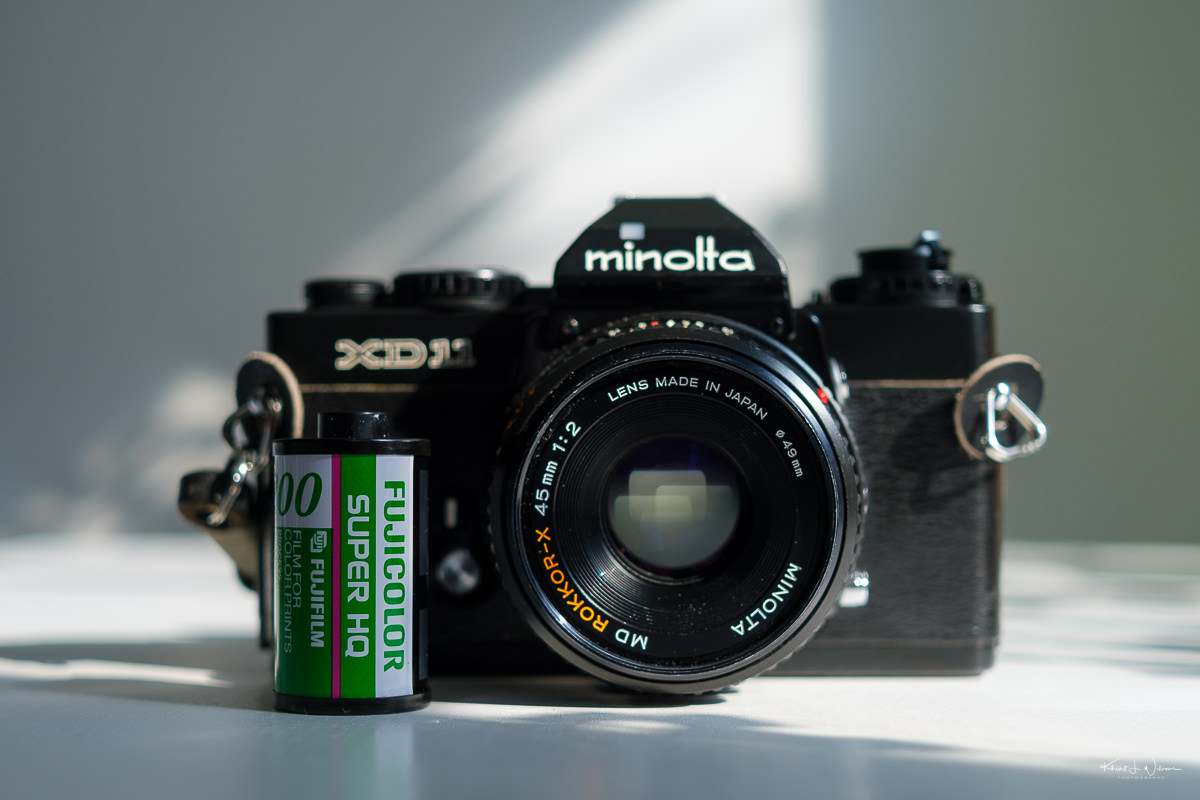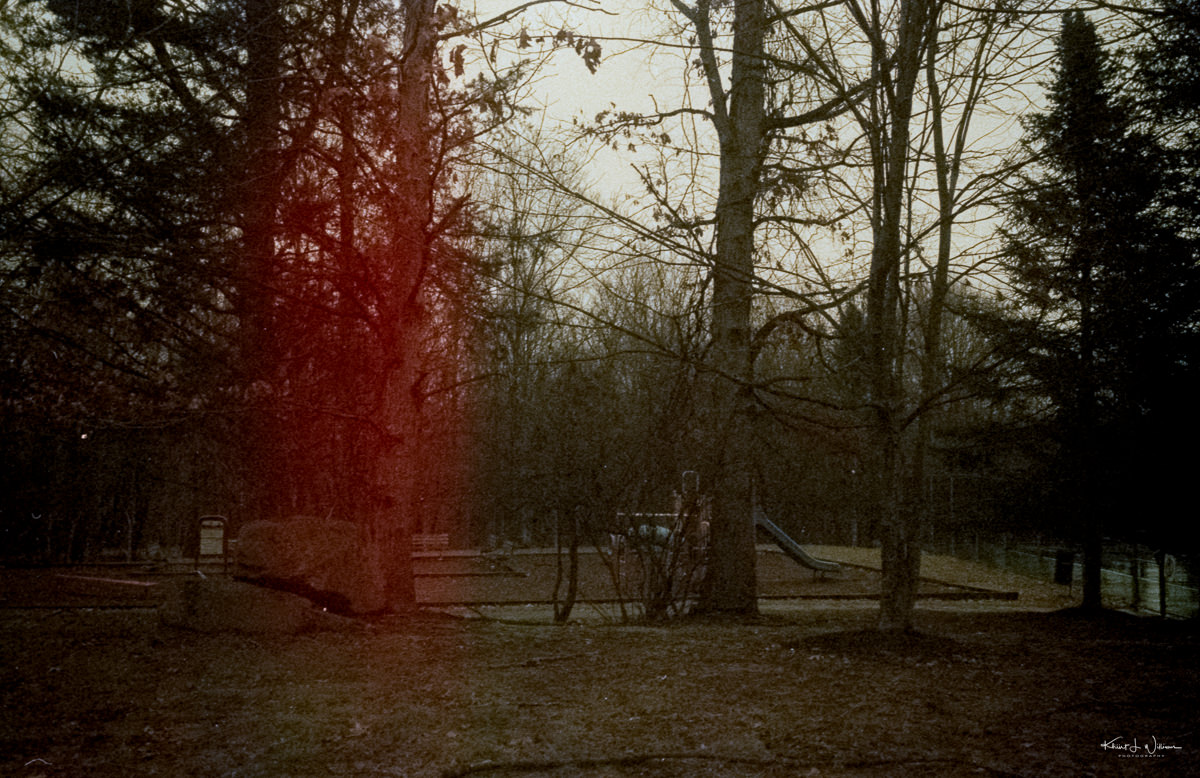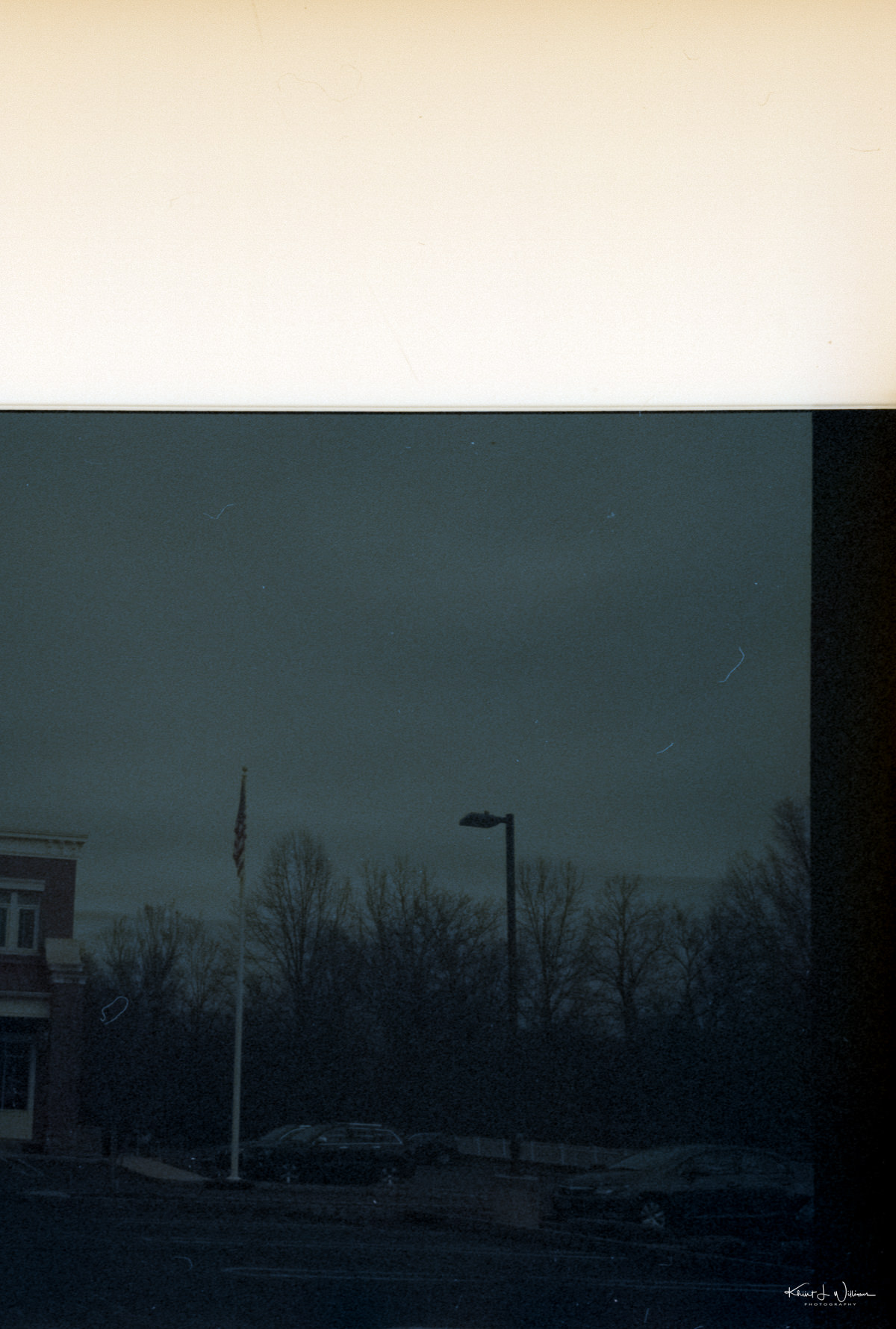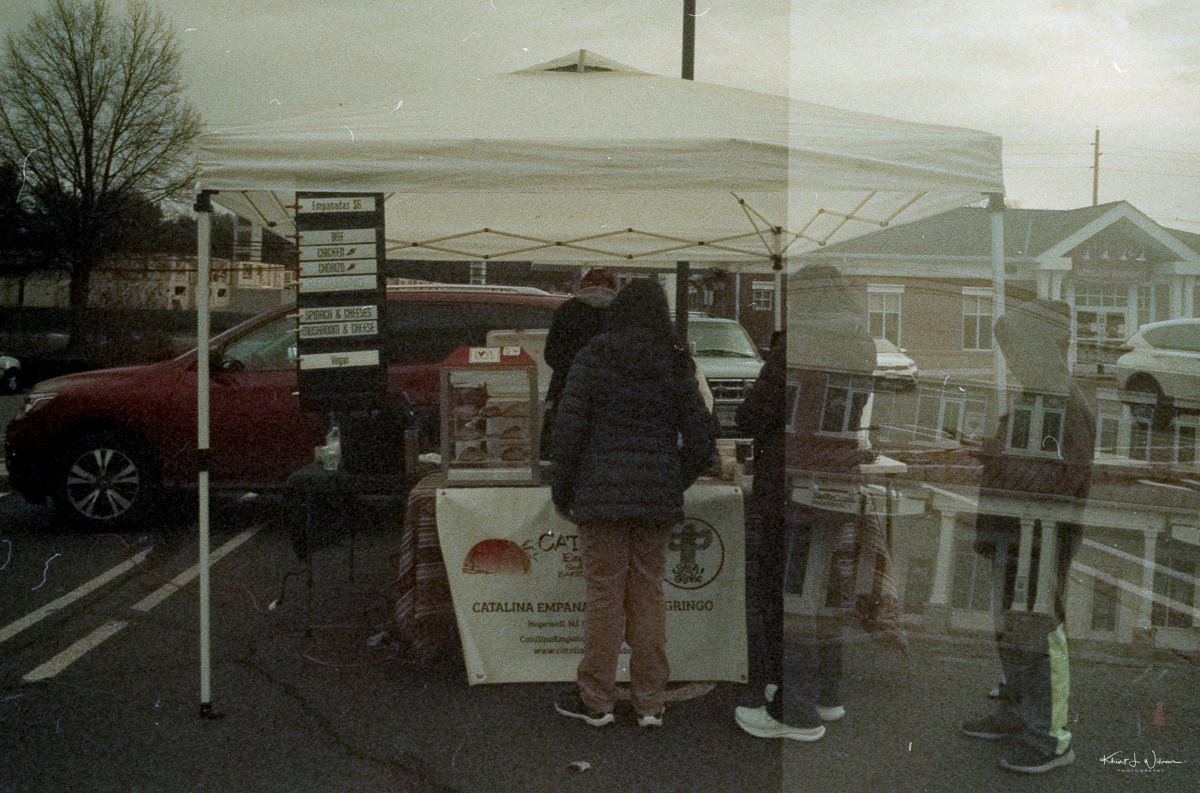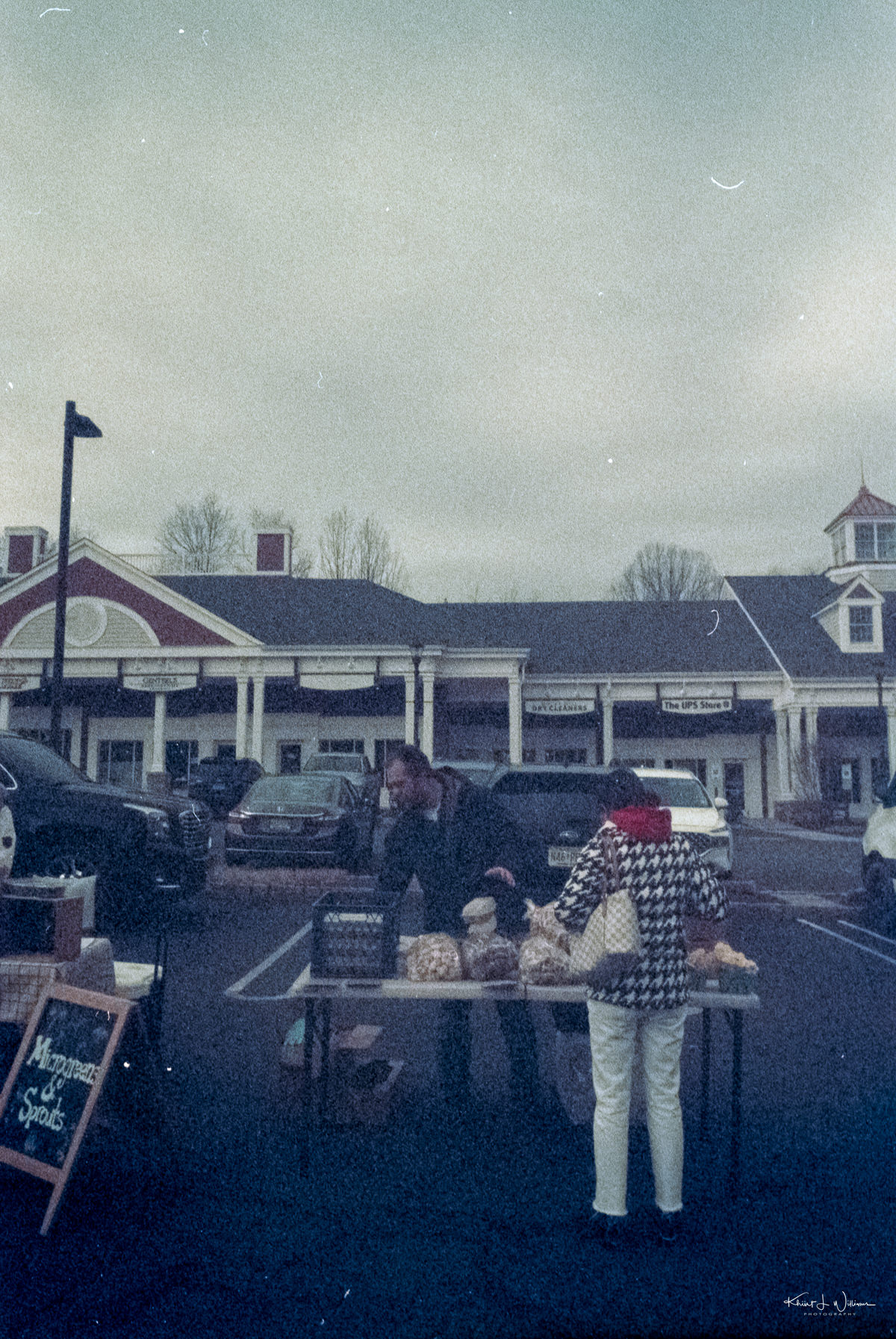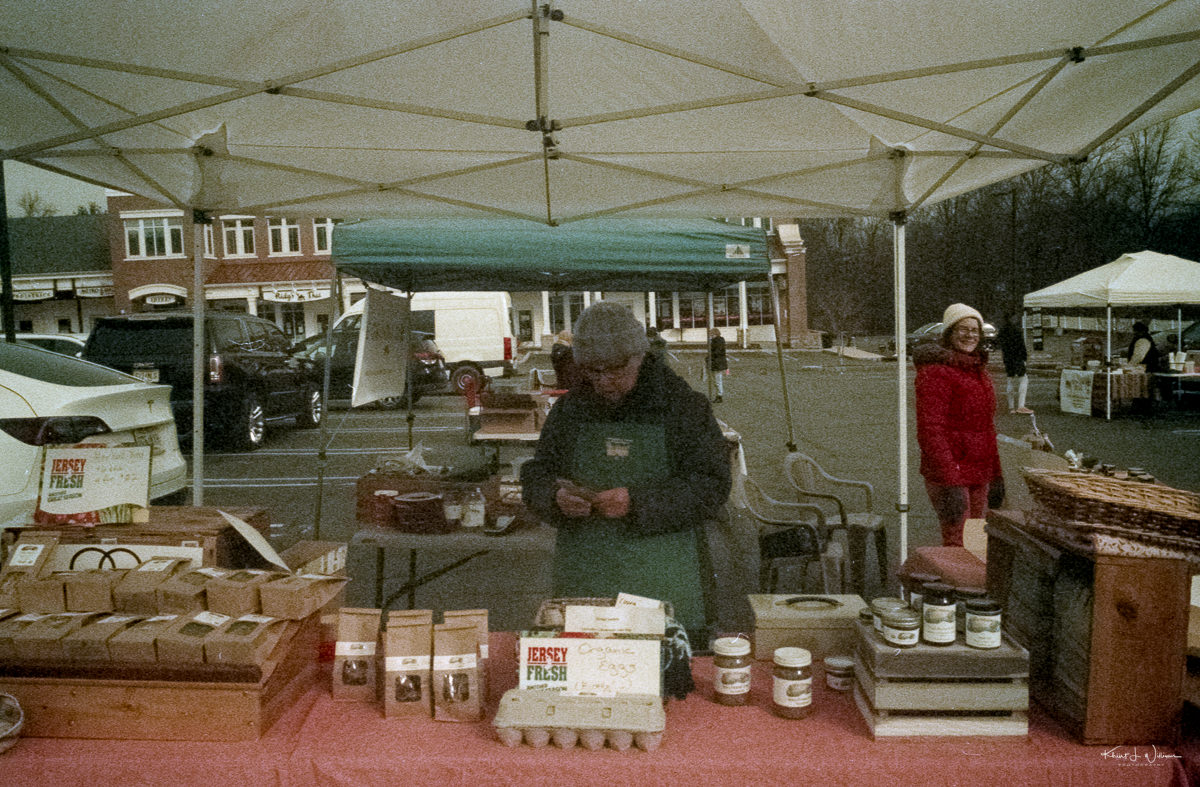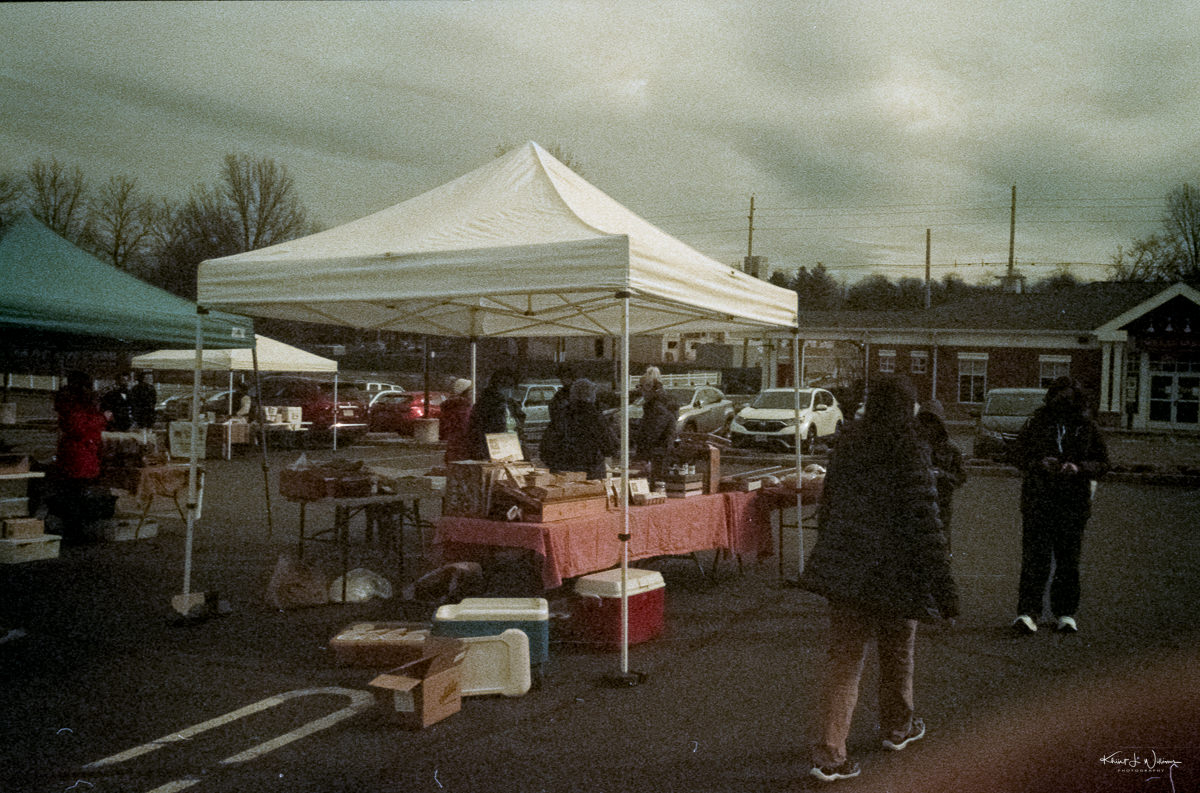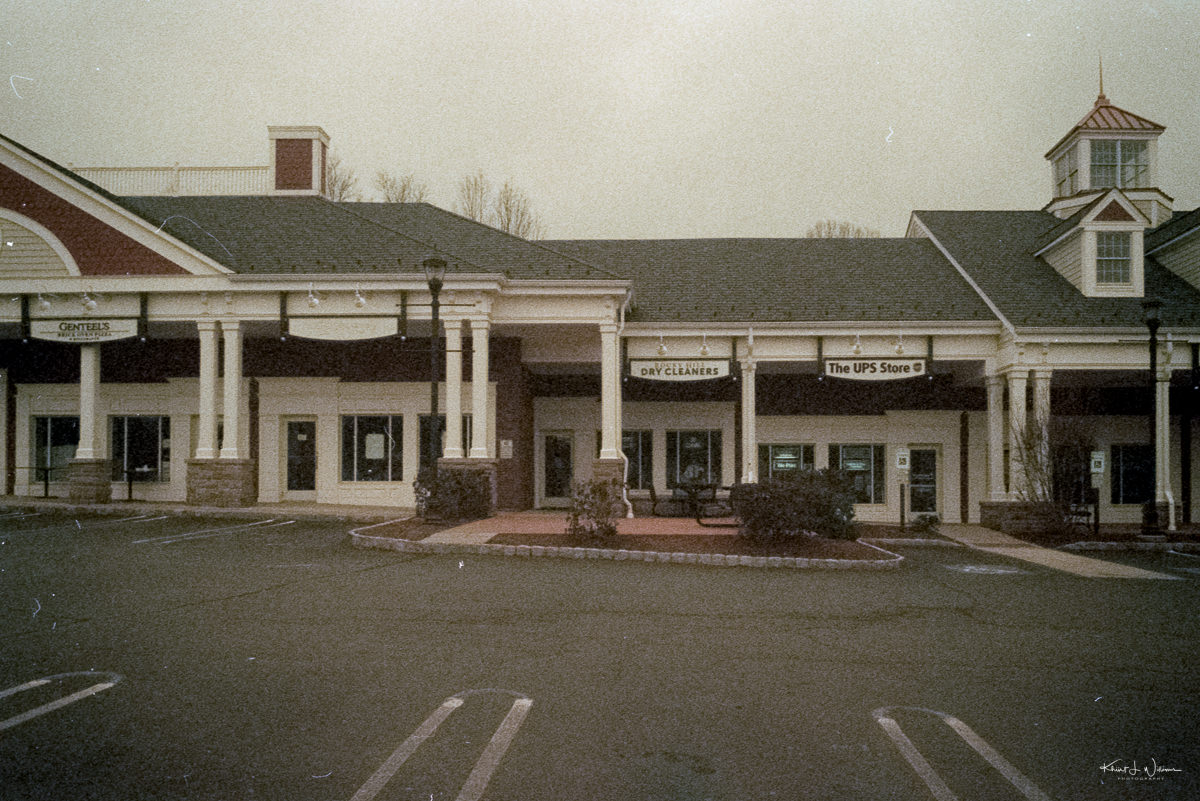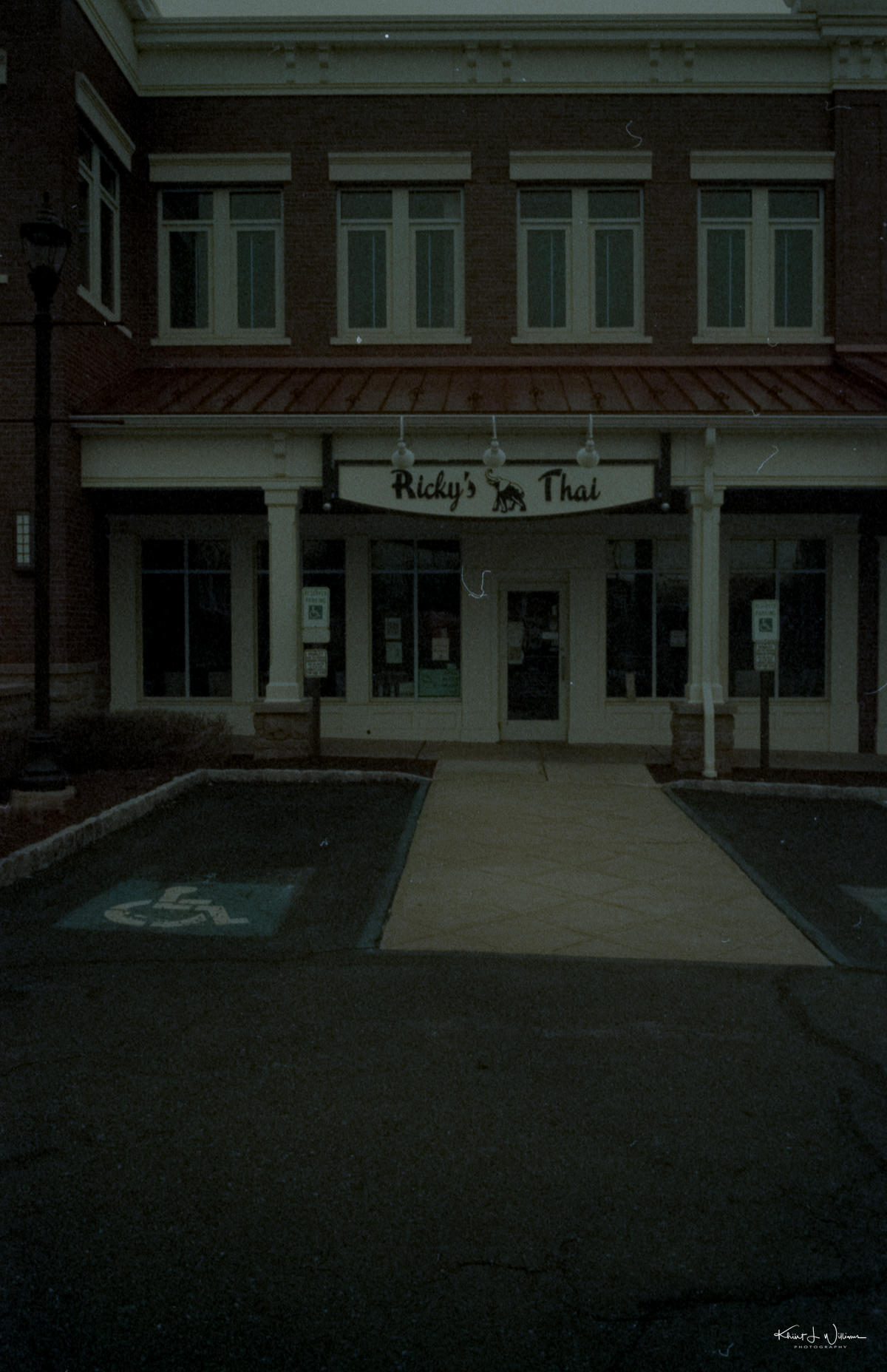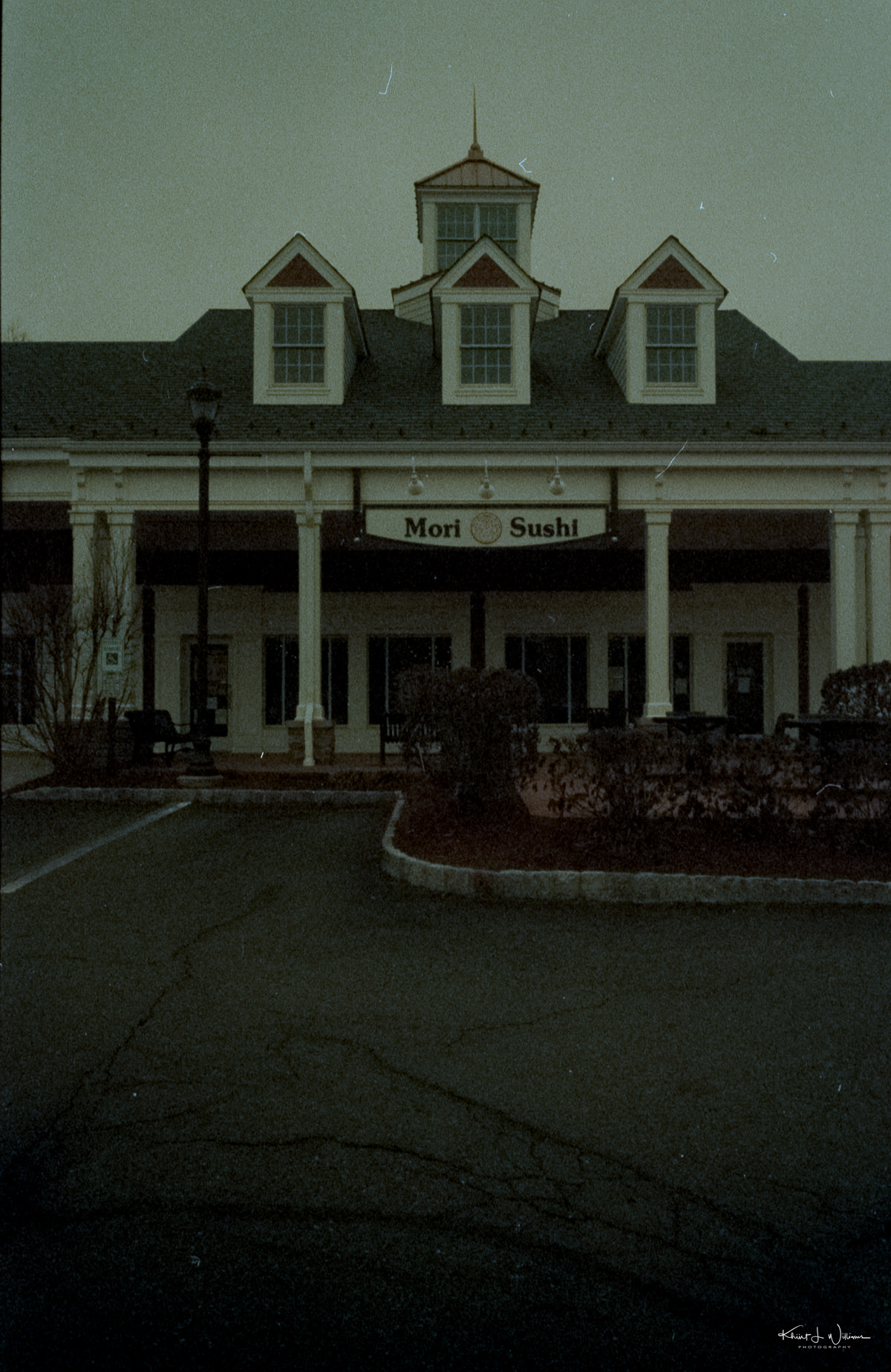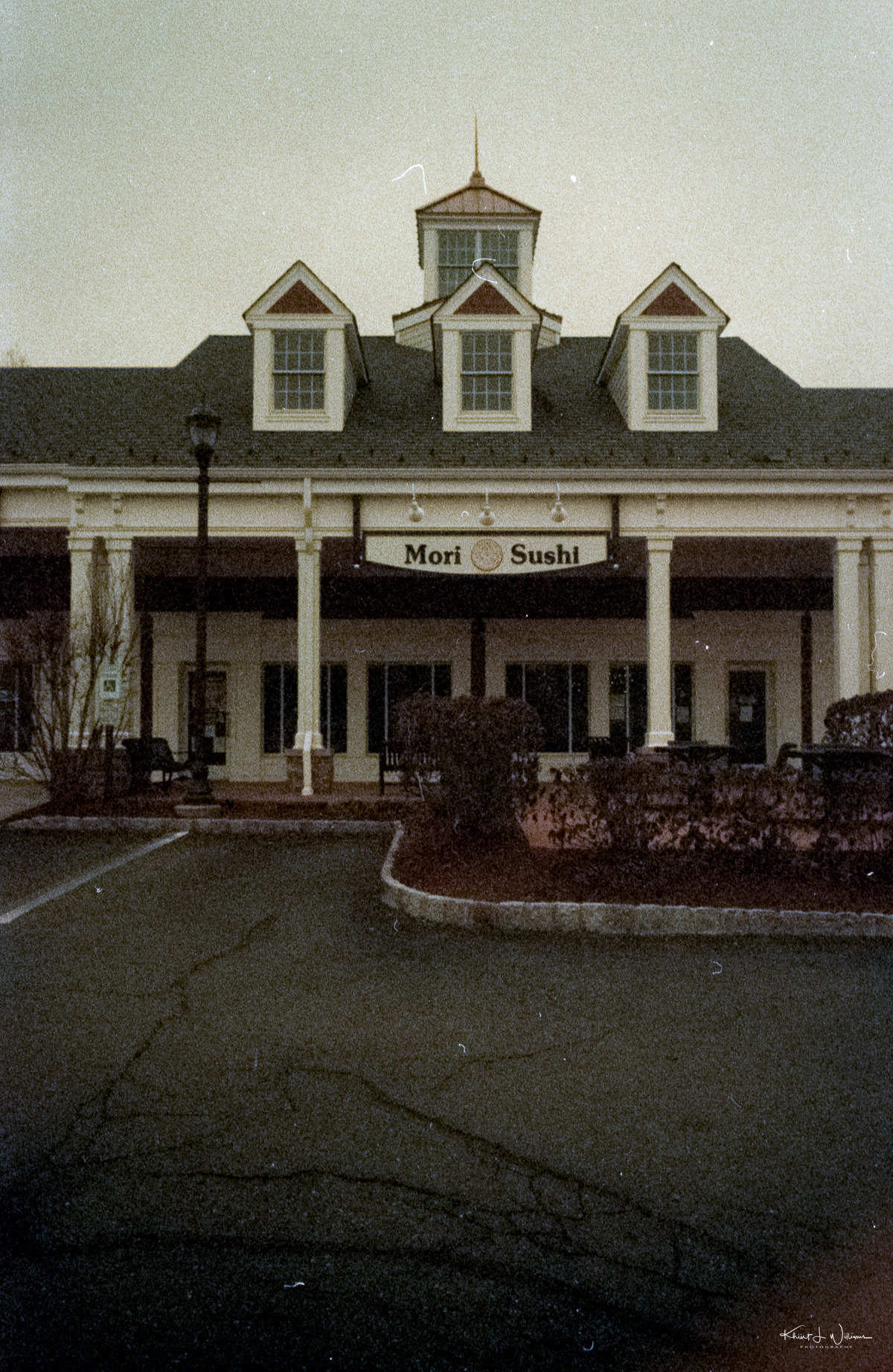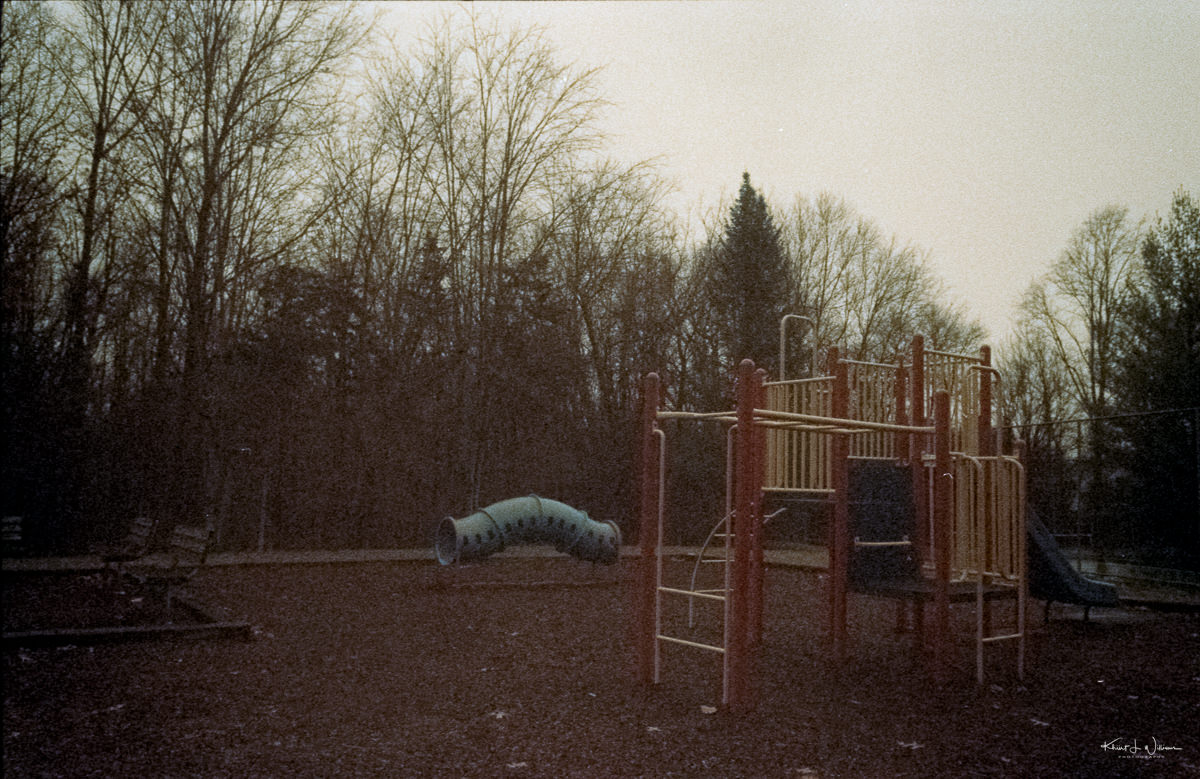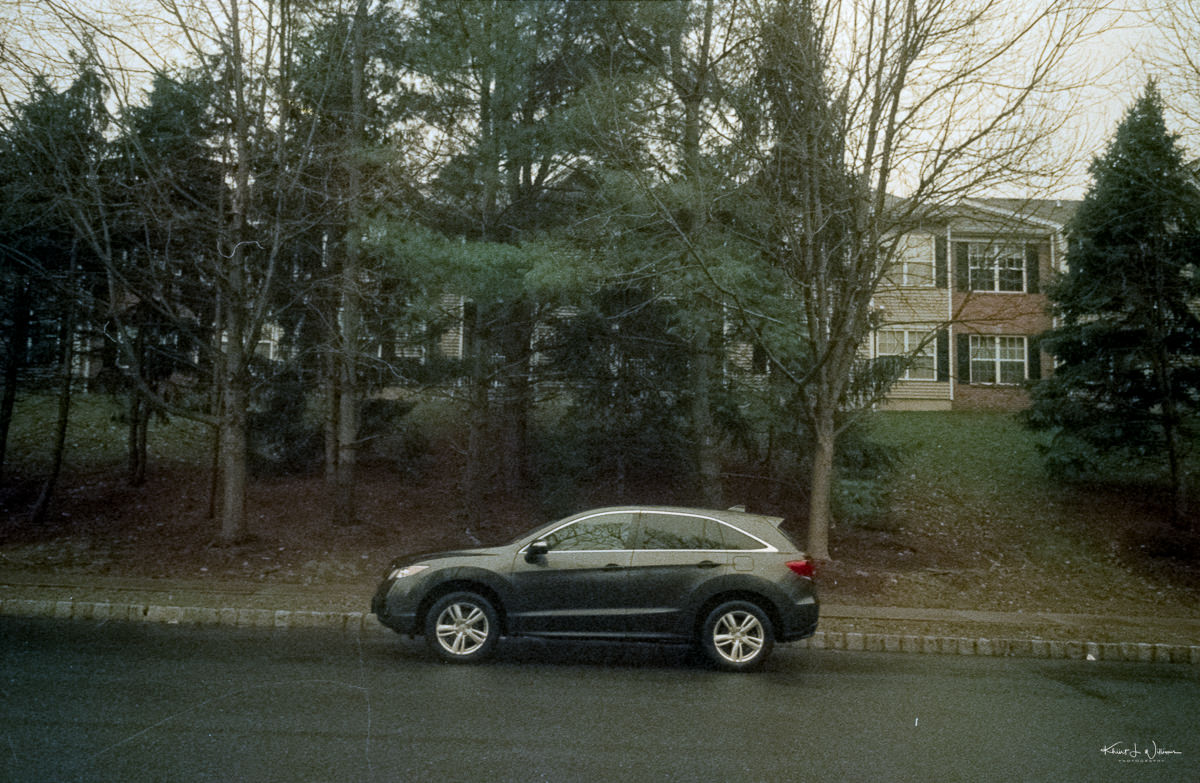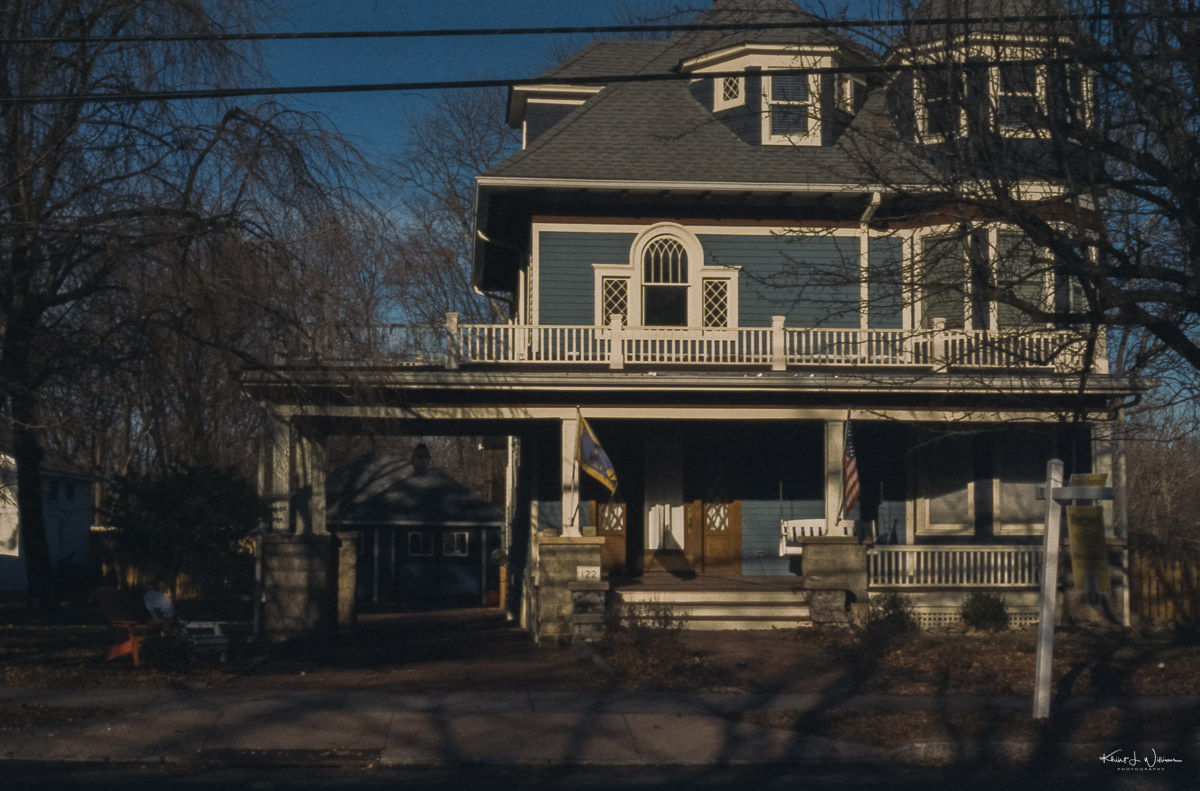Fujicolor Super HQ 200 35mm film was a colour negative film produced by Fujifilm. This film was popular with photographers seeking an affordable yet high-quality option for their 35mm film cameras.
Fujicolor Super HQ 200 offered a medium-speed ISO rating of 200, making it versatile enough to use in various lighting conditions. It produced vibrant, true-to-life colours with fine grain, providing sharp and detailed images. Its colour balance was optimised for daylight conditions but could perform well in mixed-lighting environments.
This film was designed for outdoor and indoor shooting scenarios, from portraits to landscapes. It was compatible with a wide range of 35mm film cameras and could be quickly processed using standard C-41 colour processing.
Fujicolor Super HQ 200 was also known for its high exposure latitude, meaning it could handle a wide range of exposure settings without sacrificing image quality. This made it an excellent choice for photographers of all levels, from beginners to professionals.
I grabbed the film box from the box of expired 35mm film I received from my friend last summer and loaded the cartridge into my X-700. With my MD Rokkor-X 35mm F2 lens attached, I drove off to a nearby area I know well and have photographed often, the Kingston Village Historic District.
It was early morning, and the sky was bright and sunny, giving me plenty of light to ensure I could expose the film at ASA 100. The film's expiration date indicated that it was about 20 years old. Had I known then what I know now about exposing expired film, I might have exposed the film at ASA 50.
When exposing each frame, I mounted the X-700 on my Manfrotto tripod to reduce camera shake. I first focused on the historic Kingston Grist Mill, later moving to the historic buildings around the Kingston Lock. My goal was to capture the light and shadow cast by the trees.
The Fujicolor Super HQ 200 was developed at Boutique Film Lab using the C-41 process, scanned at home using my Epson Perfection V600 and VueScan 9, and processed using Negative Lab Pro and Adobe Lightroom using my standard 35mm film scanning workflow. In Negative Lab Pro, I set the colour balance to "Auto-Neutral". This is the best setting, but I wanted to keep things simple. I adjusted the exposure in Adobe Lightroom by -1/3 EV. I also corrected for alignment and cropped in to remove the frame borders. I exposed the subject once or twice for some of the frames, just to be sure.
The results are better than I expected. While the colours may not be as vibrant as what might get from the unexpired film stock, the process produced usable results. This is my third time using expired Fuji film stock and my second success. The first success was using Fujichrome PROVIA 400F – Expired. The victory gave me the confidence to keep trying the expired 35mm film. At this success rate, I may give up buying and exposing fresh film stock unless the situation requires being sure I captured an image. But if that's the case, I would use my Fuji-X camera system. Digital is significantly less likely to fail1.
I got 22 usable frames from the 24-exposure cartridge. I have uploaded the ones I think are the best of the 22. I have three more cartridges from the box of expired 35mm film I received from my friend.
| Name | Fujicolor Super HQ 200 |
|---|---|
| Format | 35mm |
| Features | vibrant, true-to-life colours with fine grain |
| Native ISO | 200 |
| Price | FREE |
| Exposed ISO | 100 |
| Lab | Boutique Film Lab |
| Process | C-41 |
| Scanner | Epson Perfection V600 |
| Software | VueScan 9, Negative Lab Pro, Adobe Lightroom |
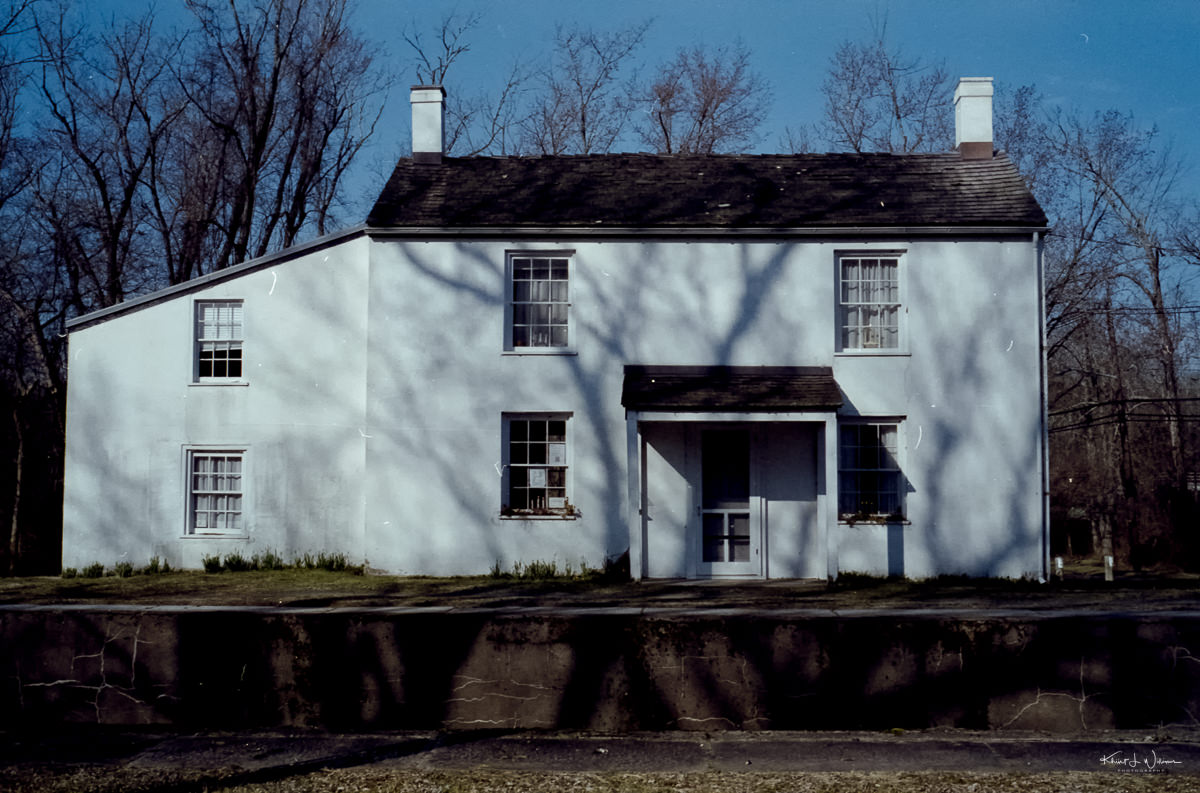
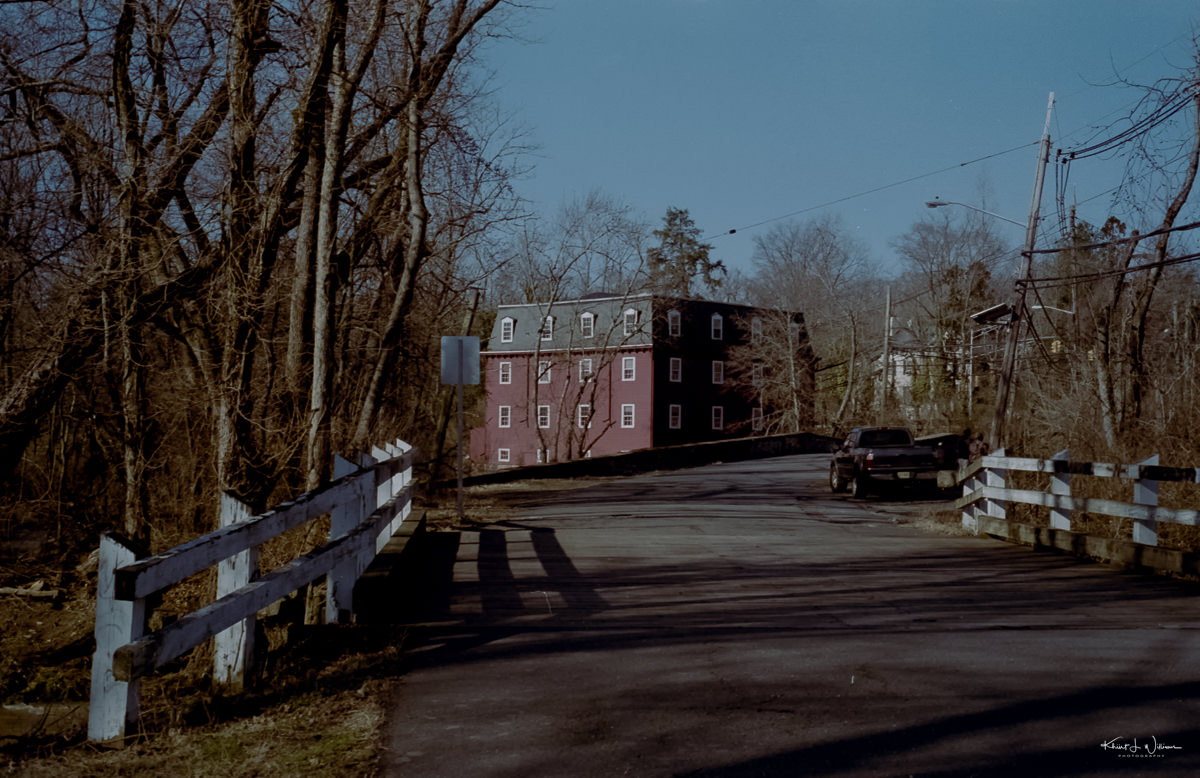
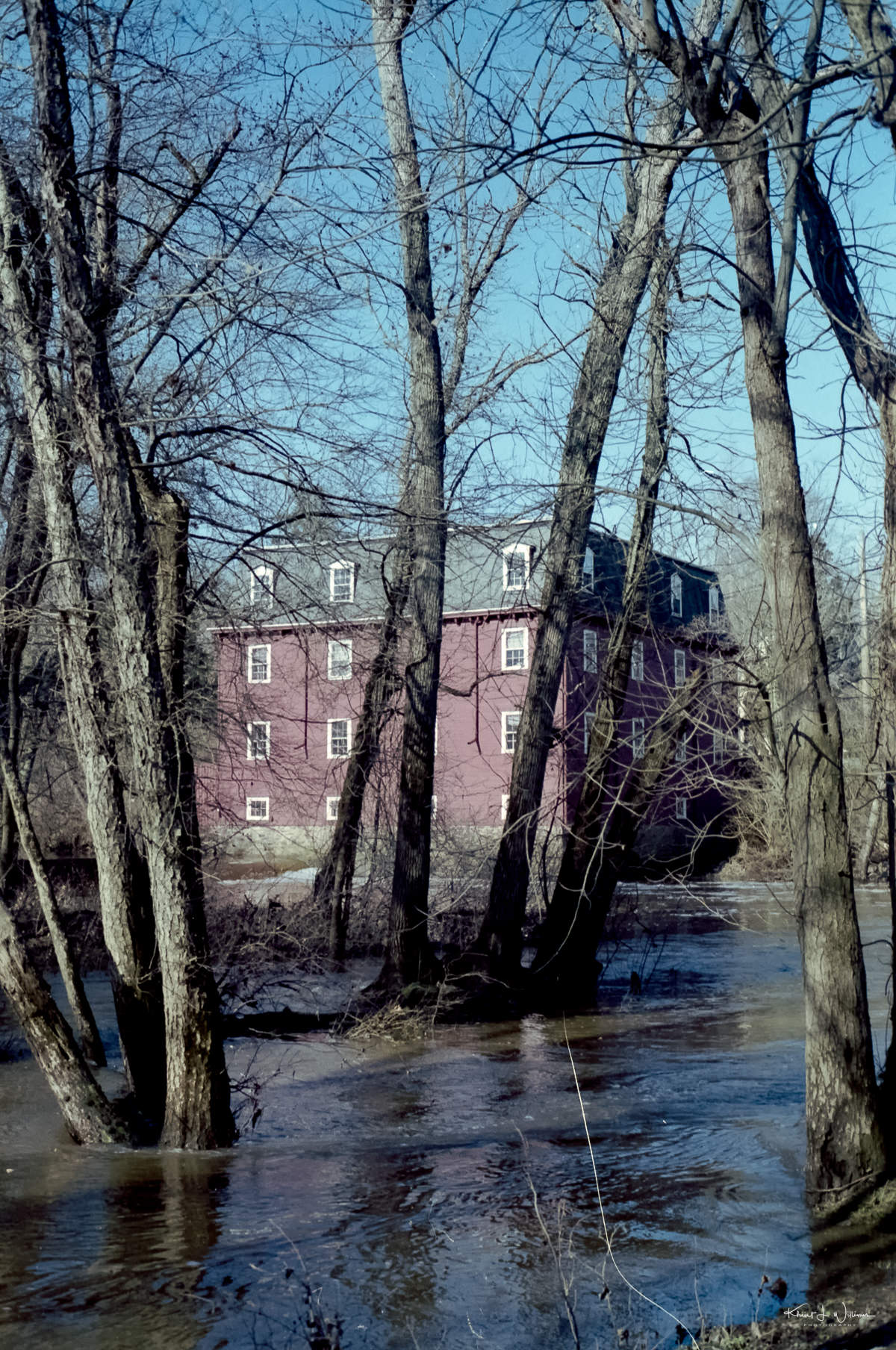
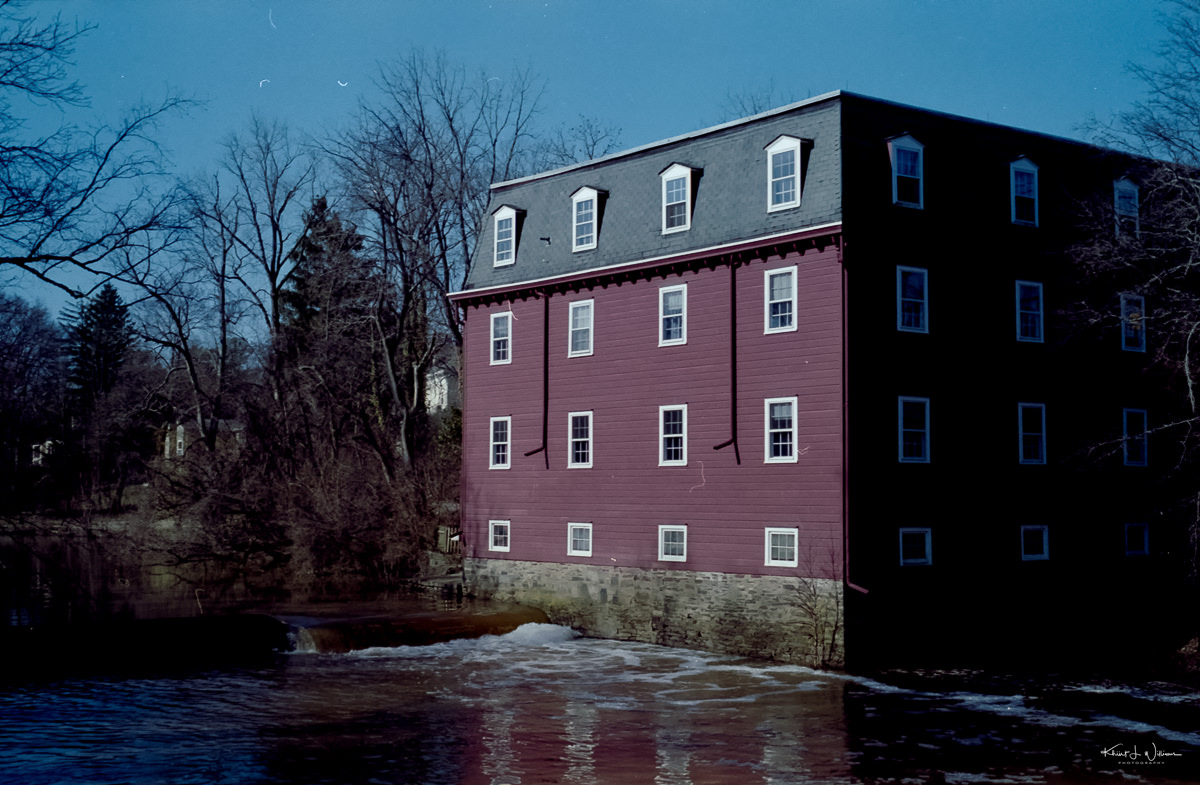
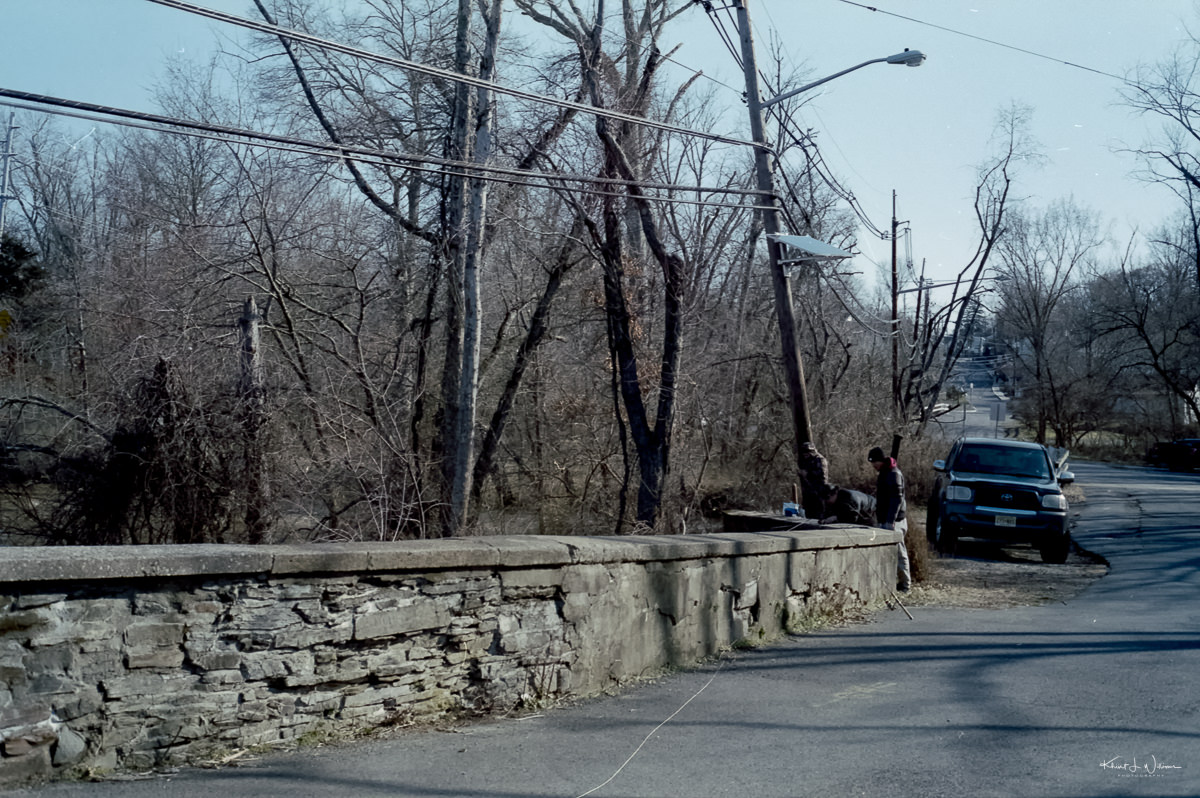
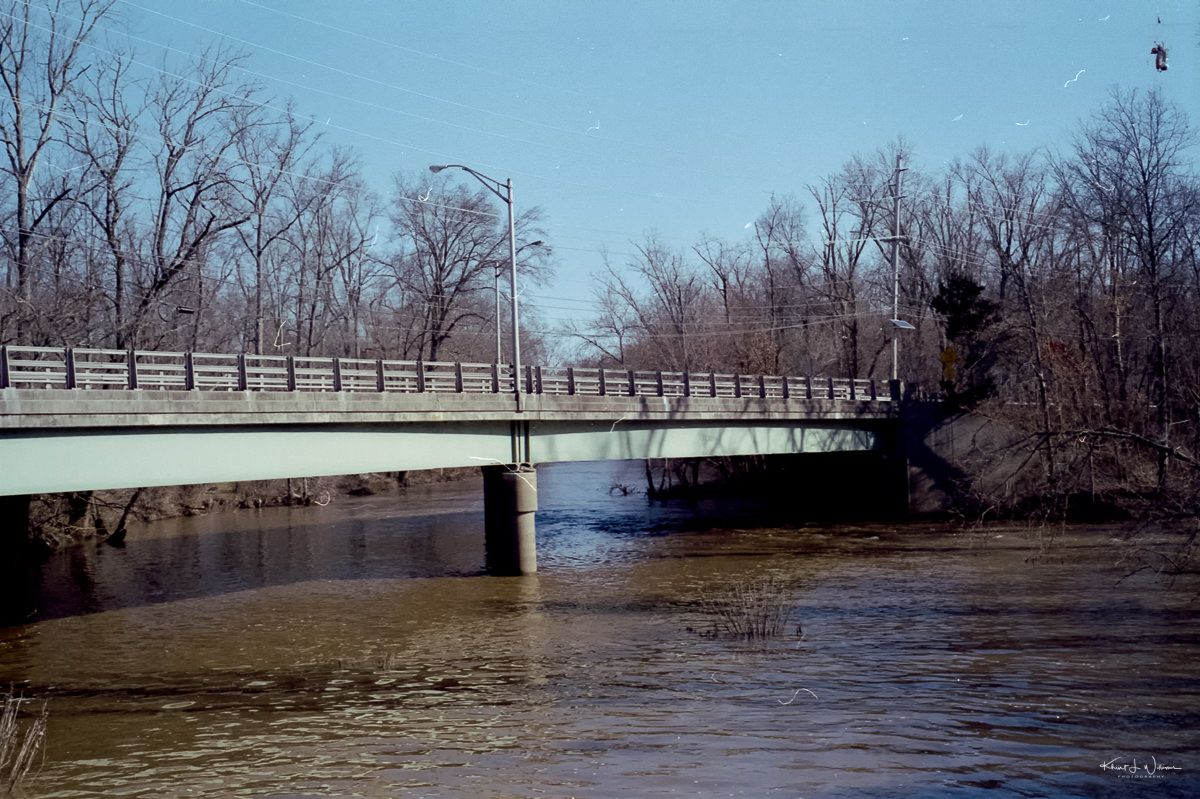

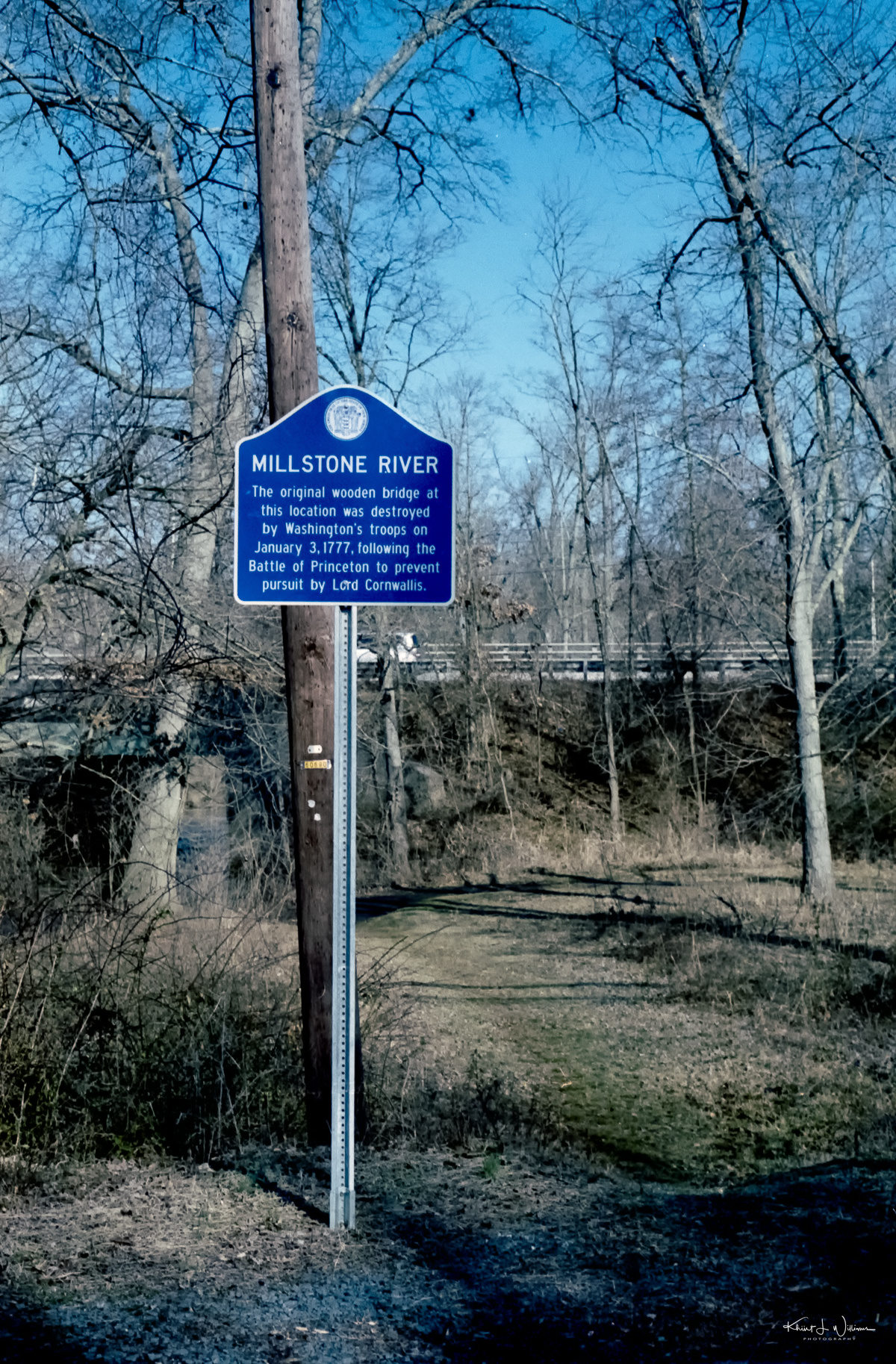
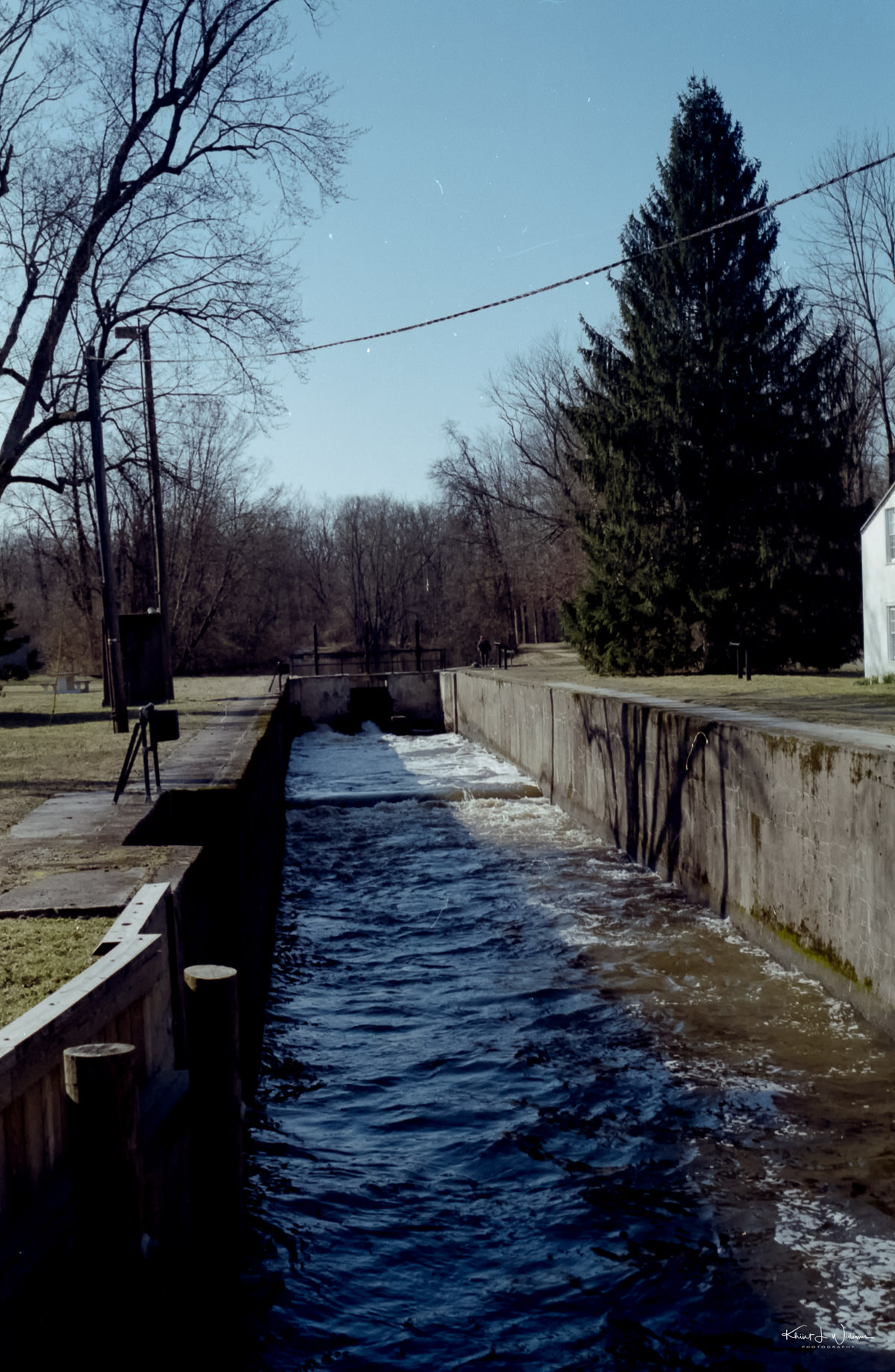
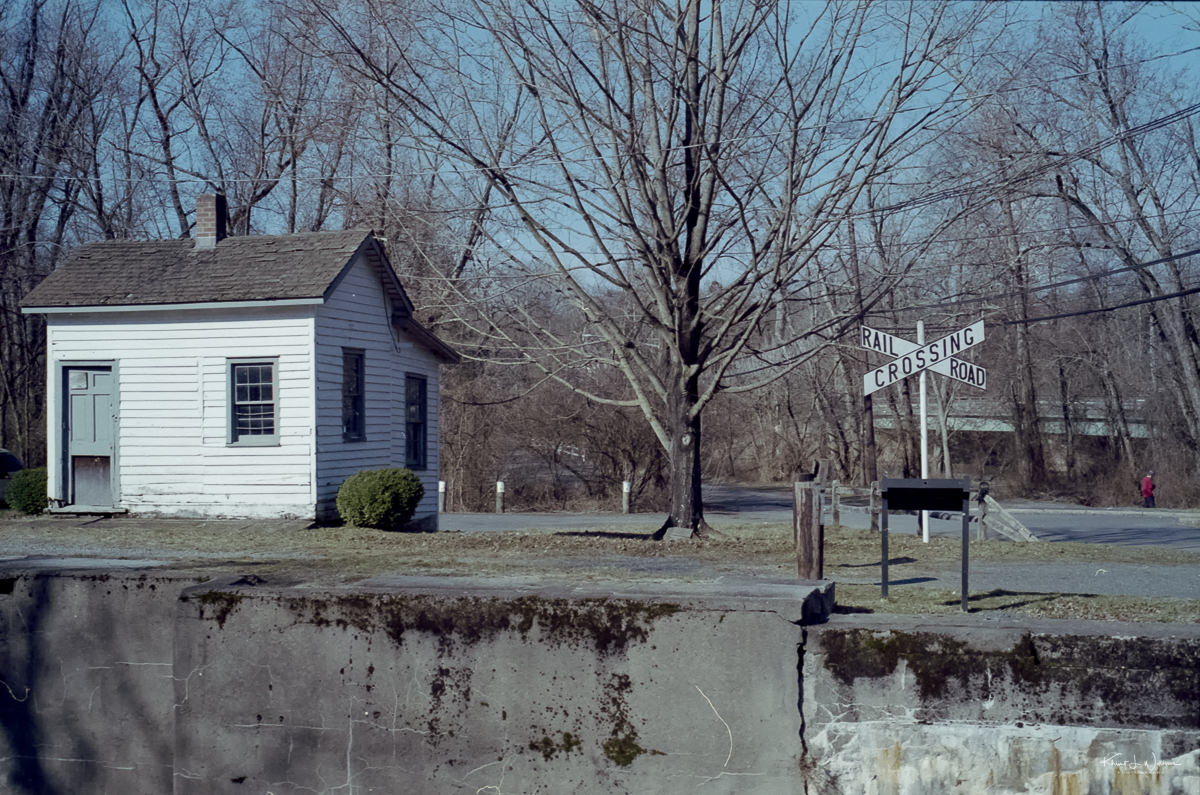
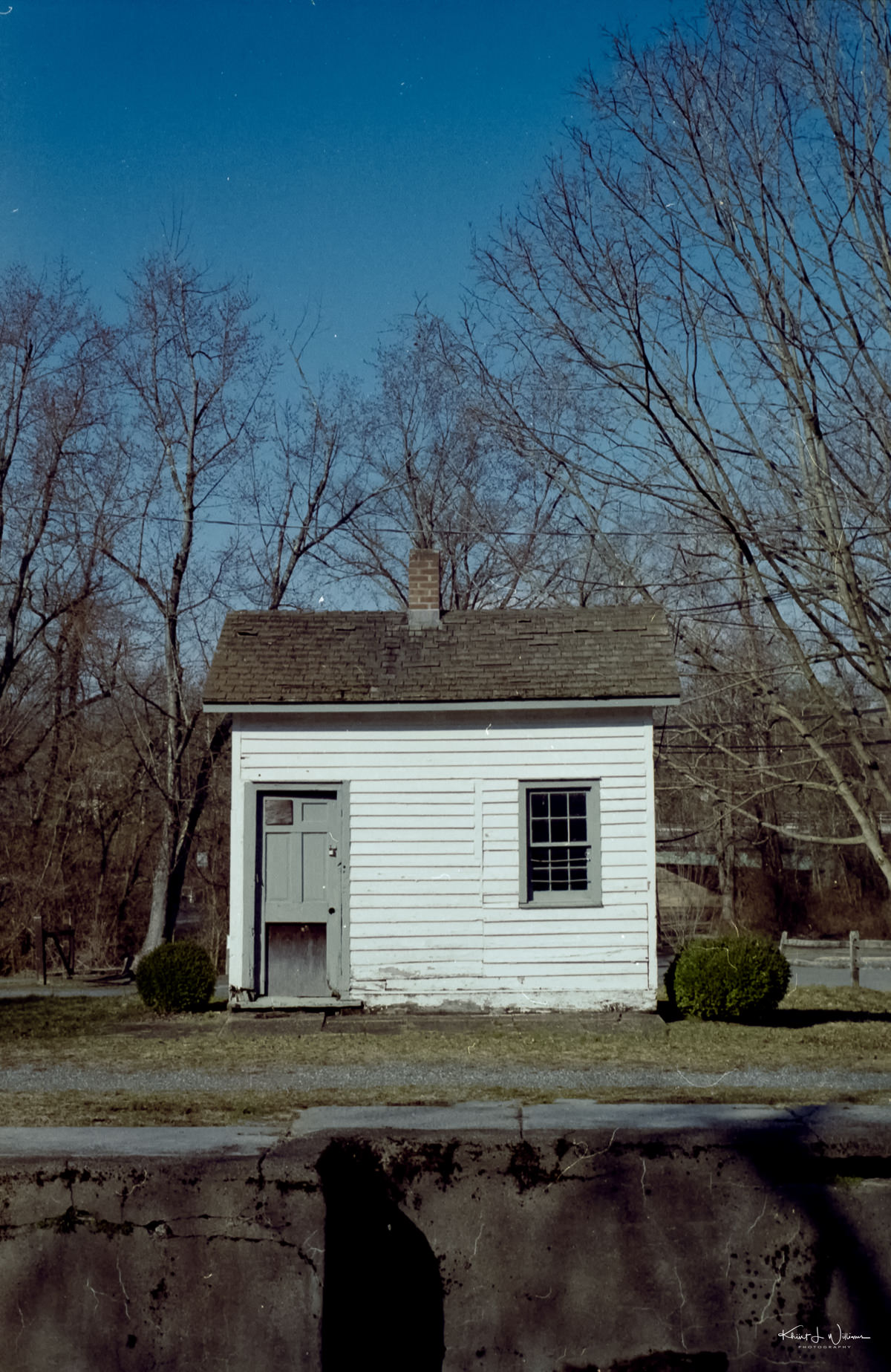
- I have six batteries for my Fuji, which can shoot at ASA 80-12,800, with a maximum shutter speed of 1⁄32000 second at 22 frames per second. I have a 64GB memory card in the two slots, and the camera is configured to save a duplicate RAW image to each card. I can safely record 2000 images before the card is filled. ?
